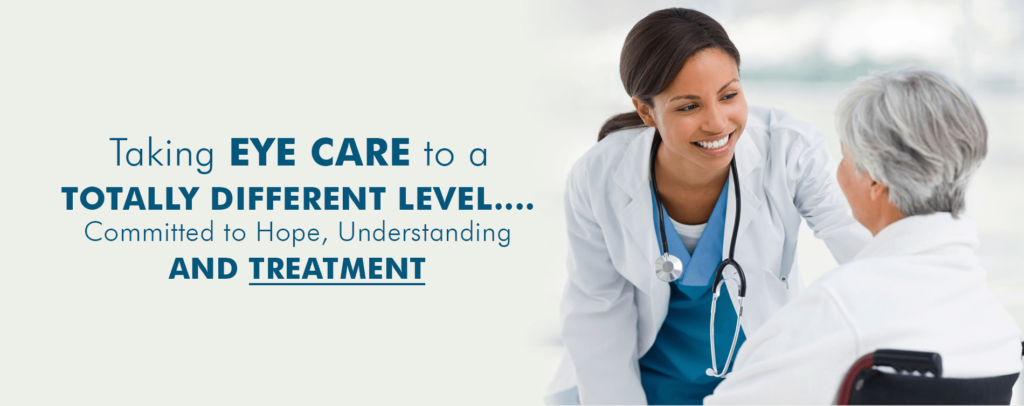Ocular Surface Disease

Ocular Surface Disease
Dry Eye Syndrome and Blepharitis are two components of Ocular Surface Disease (OSD). Dry Eye Syndrome refers to a group of disorders of the tear film that result from decreased tear production and/or increased tear evaporation. Dry Eye Syndrome can occur in anyone; however, risk factors include: increased age, female gender, low intake of omega-3 fatty acids, antihistamine use, connective tissue diseases, prior LASIK, diabetes, prolonged computer work, chemotherapy, and changes in environment. Common symptoms include dryness, tearing, irritation, foreign body sensation, sandy/ gritty feeling, and/or pain. It is often characterized by intermittent blurry vision that worsens at the end of the day. In the vast majority of patients, the condition is not sight-threatening. Initial treatments for OSD include artificial tears, anti-inflammatory drops and omega-3 fatty acids, in addition to environmental alterations (e.g., humidifiers). Often, to enhance the effects of topical treatments, punctal plugs or cautery are applied to partially close the tear duct (drainage system) to allow the eye drops to lubricate the surface for a longer amount of time. Blepharitis, or inflammation along the surface of the eyelid, also contributes to OSD by increasing tear evaporation. Treatments for blepharitis include eyelid hygiene, including warm compresses, and lid scrubs. This improves the quality of the oily component of the tear film, which prevents tears from evaporating rapidly from the ocular surface. Lastly, for patients with severe dry eye, there are advanced therapies including lubricating contact lenses and eyelid surgery to improve the ocular surface.
Ocular rosacea
Overview
Ocular rosacea is inflammation that causes redness, burning and itching of the eyes. It often develops in people who have rosacea, a chronic skin condition that affects the face. Sometimes ocular, or eye, rosacea is the first sign that you may later develop the facial type.
Ocular rosacea primarily affects adults between the ages of 30 and 50. It seems to develop in people who tend to blush and flush easily.
Medications and a good eye-care routine can help control the signs and symptoms. But treatment doesn’t cure ocular rosacea. It often recurs after an apparent remission.
Symptoms
Signs and symptoms of ocular rosacea can precede the skin symptoms of rosacea, develop at the same time, develop later or occur on their own. Signs and symptoms of ocular rosacea may include:
- Dry eyes
- Burning or stinging in the eyes
- Itchy eyes
- Grittiness or feeling of having a foreign body in the eye or eyes
- Blurred vision
- Sensitivity to light (photophobia)
- Redness
- Dilated small blood vessels on the white part of the eye that are visible when you look in a mirror
- Red, swollen eyelids
- Tearing
The severity of ocular rosacea symptoms doesn’t always match the severity of skin symptoms.
When to see a doctor
Make an appointment to see a doctor if you have signs and symptoms of ocular rosacea, such as dry eyes, burning or itchy eyes, redness, or blurred vision.
If you’ve been diagnosed with skin rosacea, ask your doctor whether you should undergo periodic eye exams to check for ocular rosacea.
Causes
The exact cause of ocular rosacea, like skin rosacea, is unknown. It may be due to one or more factors, including:
- Heredity
- Environmental factors
- Bacterial involvement
- Blocked glands in the eyelids
- Eyelash mites
A number of factors can aggravate rosacea, so they can aggravate ocular rosacea, as well. Some of these factors include:
- Hot or spicy foods or beverages
- Alcohol
- Sunlight, wind or temperature extremes
- Certain emotions, such as stress, anger or embarrassment
- Strenuous exercise
- Hot baths or saunas
- Some medications, such as cortisone creams and drugs that dilate blood vessels
Risk factors
Ocular rosacea is common in people with rosacea, although you can also have eye rosacea without the skin being involved. Skin rosacea affects more women than men, and ocular rosacea affects men and women equally. Some studies suggest that among people with rosacea, those who blush easily may be more likely to also develop eye symptoms.
Complications
Ocular rosacea may affect the surface of your eye (cornea), particularly when you have dry eyes from a deficiency of tears. Corneal complications can lead to visual symptoms. Inflammation of your eyelids (blepharitis) can cause secondary irritation of the cornea from misdirected eyelashes or other complications. Ultimately, corneal complications can lead to vision loss.
Diagnosis
No specific tests or procedures are used for diagnosing ocular rosacea. Instead, your doctor will likely make a diagnosis based on your symptoms, your medical history, and an examination of your eyes and eyelids, and the skin of your face.
Treatment
Ocular rosacea can usually be controlled with medication and home eye care. But these steps don’t cure the condition, which often remains chronic or recurs after an apparent remission.
Your doctor may prescribe temporary use of oral antibiotics, such as tetracycline, doxycycline, erythromycin and minocycline. For severe disease, you may need to take an antibiotic for a longer time.
